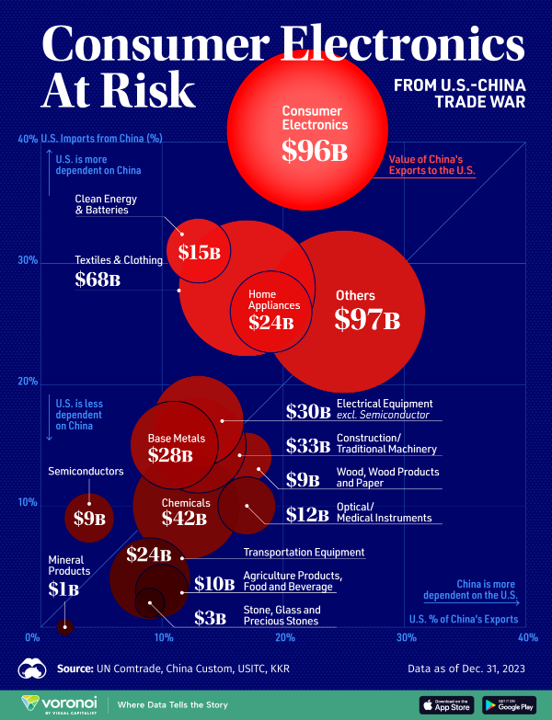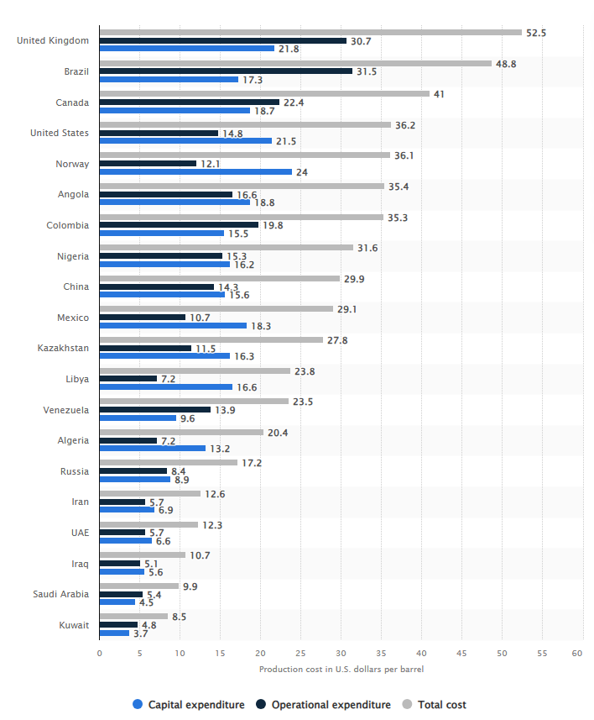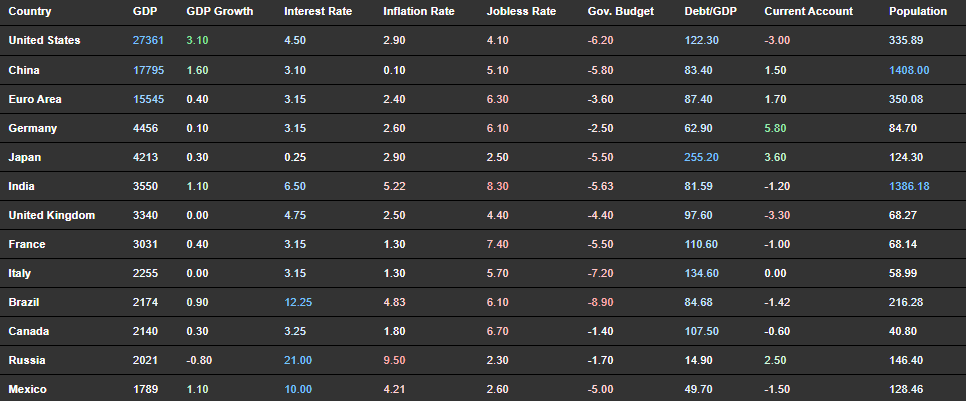Home > Edgenie Sunday Schroll: Newsletter > 3 Mistakes Stopping You From Achieving Top Grades in A-Level Economics 🚫
Jump to Section:
3 Mistakes Stopping You From Achieving Top Grades in A-Level Economics 🚫
Donald Trump issues fresh tariff threats
Summary
A Level Economics Questions:
Possible A Level Economics 25 Marker Question
Infographic of the Week

Impact of U.S. Tariffs on Chinese Exports
With President Trump considering a 10% tariff on all Chinese imports from February 1st, key industries such as consumer electronics, textiles, and clean energy are particularly vulnerable. Consumer electronics, making up 41% of U.S. imports in this sector, faces price hikes of 26-45%, significantly impacting consumer spending. Textiles, contributing 17% of China’s exports to the U.S., will also be heavily affected. As Chinese manufacturers rushed exports in late 2024 to mitigate tariff risks, trade tensions between the two economies continue to escalate.
Chart of the Week

Average cost to produce one barrel of oil in top oil producing countries worldwide in 2015(in U.S. dollars per barrel): Source: Statista
In 2015, the cost of producing one barrel of oil varied significantly across leading oil-producing nations, with Kuwait having the lowest production cost at $8.5 per barrel, consisting of $3.7 in capital expenditure and $4.8 in operational expenditure. In contrast, the United Kingdom had the highest cost at $52.5 per barrel, driven by $21.8 in capital expenditure and $30.7 in operational costs. Other high-cost producers included Brazil ($48.8) and Canada ($41), while Saudi Arabia ($9.9) and Iraq ($10.7) maintained relatively low costs. These differences highlight the varying levels of investment, infrastructure, and efficiency across global oil markets. (Source: Statista Research Department, 2015).
Macroeconomic Data

Whenever you're ready there is one way I can help you.
Emre Aksahin
Chief Learning Officer at Edgenie


